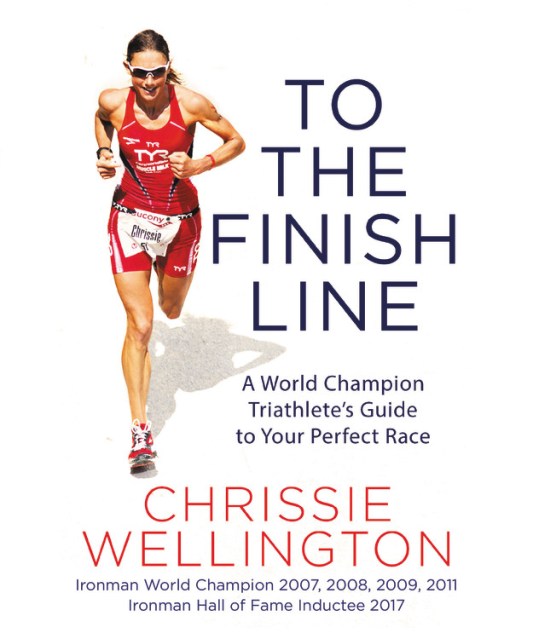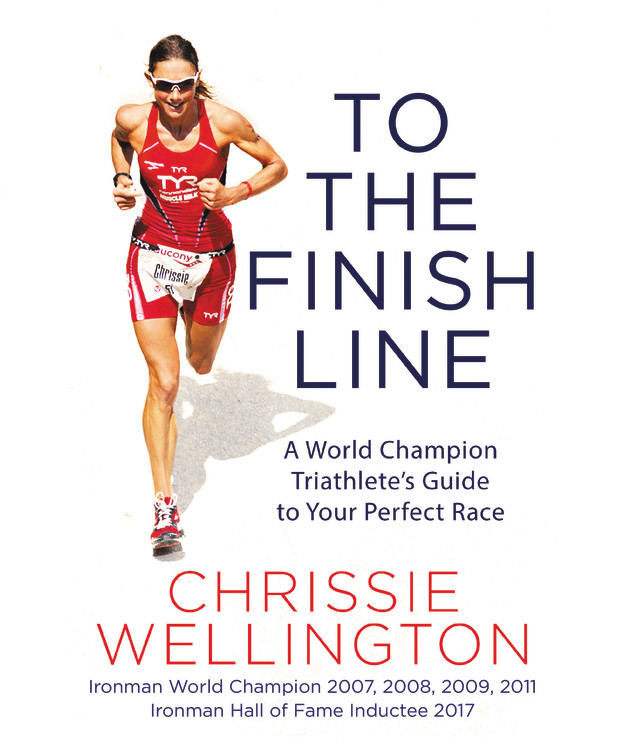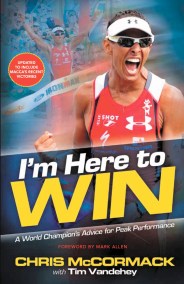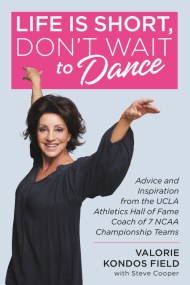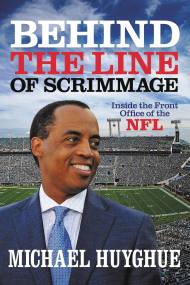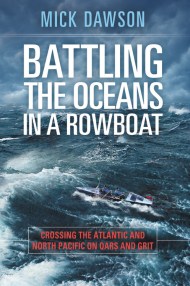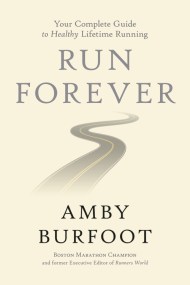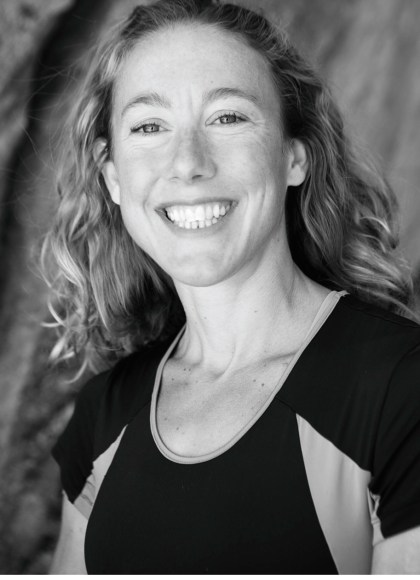By clicking “Accept,” you agree to the use of cookies and similar technologies on your device as set forth in our Cookie Policy and our Privacy Policy. Please note that certain cookies are essential for this website to function properly and do not require user consent to be deployed.
To the Finish Line
A World Champion Triathlete's Guide to Your Perfect Race
Contributors
Formats and Prices
Price
$15.99Price
$20.99 CADFormat
Format:
- Trade Paperback $15.99 $20.99 CAD
- ebook $9.99 $12.99 CAD
- Audiobook Download (Unabridged)
This item is a preorder. Your payment method will be charged immediately, and the product is expected to ship on or around March 13, 2018. This date is subject to change due to shipping delays beyond our control.
Also available from:
Chrissie Wellington, the world’s number one female Ironman athlete and four-time World Ironman Champion, presents her struggles, wisdom, and experiences gained from her hard-won career as a triathlete.
With close to 2 million core participants, triathlons of various distances and challenges are attracting more participants than ever before. In TO THE FINISH LINE, one of the sports’ greatest legends brings triathlon to life, with guidance for newbies or experienced athletes, to achieve their best triathlons-no matter their ability. Filled with training tips, practical advice and inside information from a champion, triathletes of all levels can benefit from Wellington’s experience and insight. Her book will guide readers on their own journey, whether that be a sprint or an Ironman, and encourage them to rise to every new challenge.
- On Sale
- Mar 13, 2018
- Page Count
- 352 pages
- Publisher
- Center Street
- ISBN-13
- 9781455570980
Newsletter Signup
By clicking ‘Sign Up,’ I acknowledge that I have read and agree to Hachette Book Group’s Privacy Policy and Terms of Use
